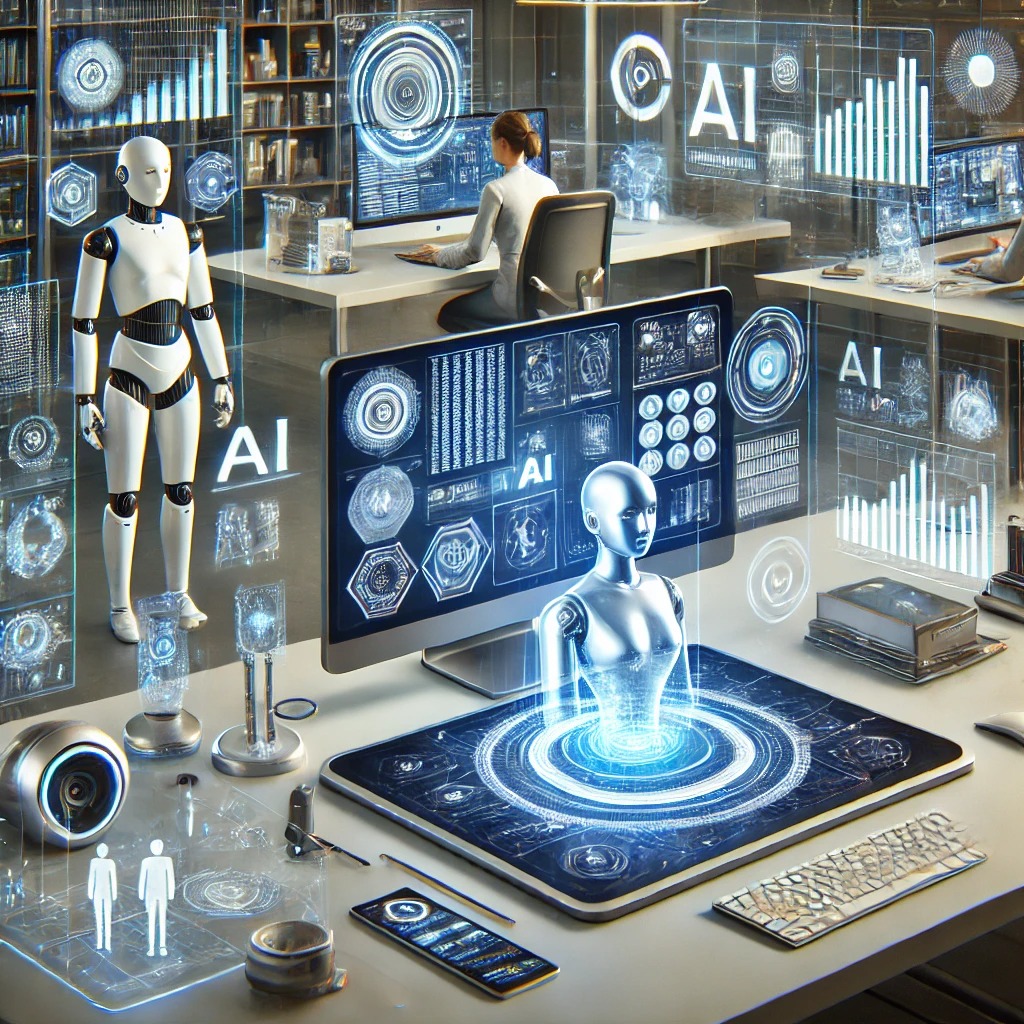
By the end of 2024, the field of artificial intelligence (AI) is expected to witness several significant advancements across various domains. One of the key areas of development is the proliferation of multimodal AI models that integrate text, speech, and image processing. This integration enables AI to generate more contextually relevant responses, enhancing applications in customer service, healthcare, and finance. For example, AI systems could analyze a client’s spoken request, interpret financial documents, and assess facial expressions during a video consultation to provide personalized financial advice.
Generative AI will also continue to revolutionize industries by democratizing access to powerful AI tools. Open source models and new techniques like Low Rank Adaptation (LoRA) and quantization are making model optimization more accessible and cost-effective. This shift is empowering smaller players, such as startups, to leverage sophisticated AI capabilities without the need for extensive infrastructure investments. Enterprises are increasingly adopting customized local models and data pipelines to tailor AI solutions to specific needs, which is particularly beneficial in domains with specialized requirements like legal, healthcare, and finance.
The use of AI in video generation and deepfake technology is expected to grow, raising concerns about the spread of disinformation. The ability to create realistic deepfake videos where individuals appear to say things they never did will require greater vigilance and possibly new legislation to combat misuse. The European Union is already moving towards comprehensive AI regulations, while the U.S. may see limited legislative action due to the upcoming election year.
In the enterprise sector, AI-driven applications will see increased integration with cloud services, allowing for more efficient and scalable solutions. Companies will utilize generative AI to mine vast amounts of unstructured data, transforming it into actionable insights. This includes advancements in retail, where AI-powered shopping advisors and enhanced security measures using computer vision will improve customer experiences and store safety.
Finally, AI safety and ethics will be a focal point, with leading organizations collaborating to develop standardized safety protocols and best practices. Initiatives like the AI Safety Alliance aim to promote responsible AI innovation, ensuring that advancements in AI are both safe and ethically sound.

